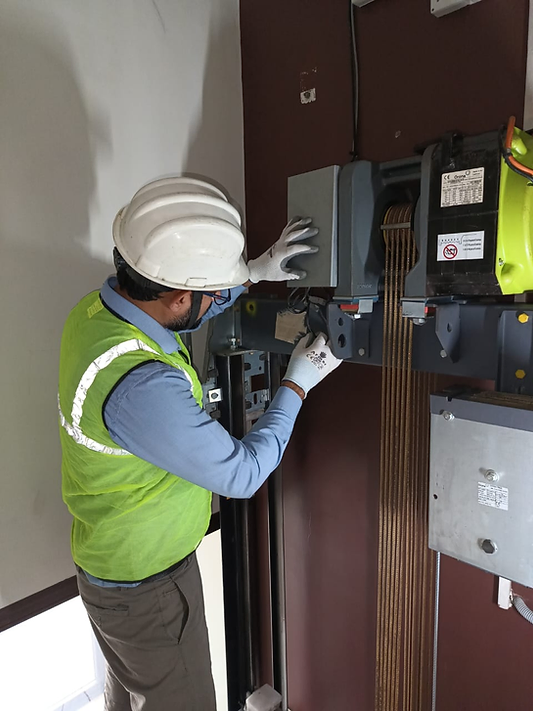
Gilco global

An elevator audit, also known as a vertical transportation audit, encompasses various assessments related to the elevator systems. It can include elevator maintenance audits, maintenance condition assessments, performance and equipment evaluations, surveys, preventative service audits, elevator state evaluations, asset management reviews, and more. Industry professionals may also refer to these as elevator equipment audits or evaluations. Understanding the specific needs of the clients is essential, as the terminology can vary, and the information gathering and reporting processes may differ.
However, the primary objective of an elevator audit is to determine the state of the equipment, identify necessary repairs, and assess the need for elevator modernization, maintenance agreements, preventative services, or repairs. Safety standards, building maintenance, equipment age, type, reliability and usage are all critical factors.
The elevator audit also evaluates how a building's elevator capital expenditure is being serviced and maintained. This comprehensive audit reviews the current elevator maintenance plan, existing service contracts, and elevator equipment in the building. It consistently leads to performance and service improvements, highlighting areas where improvements can be made in service and mechanical aspects. Audit study engagements typically result in cost savings for the building and owners, improved asset value, and enhanced safety.
The elevator audits are tailored to the specific needs of each building, as they recognize that audits, including both hard and soft costs, are individual processes due to the uniqueness of each building. Clients sometimes seek confirmation of their existing equipment management ideas or request a clear overview of elevator capital expenditures. Their analysis uncovers opportunities to enhance elevator-related costs, earnings, safety, and overall building value.


Elevator audits are crucial for building managers, owners, facility managers, malls, campuses, hotels, and investors. They understand that a well-maintained vertical transportation system is vital for building safety and operational cost efficiency. It is important to prioritize the safety and asset value during the elevator audits, aiming to maximize the return on investment by making informed decisions about elevator management, maintenance, repairs, deferred maintenance rectification, and modernization.
Even in the case of relatively new elevator systems, the audit processes can identify weaknesses in productivity and associated costs. It may reveal imbalances between services and expenses or compliance issues with industry standards. The goal is to develop strategies to address areas of loss and transform them into gains, ultimately guiding clients toward a more profitable direction.


Good service from the lift company—swift response, efficient installation. Seamless mobility solutions—impressive accessibility, enhancing overall convenience.
Mukesh Singh 2024-03-19 16:25:59
fffgfffffggf